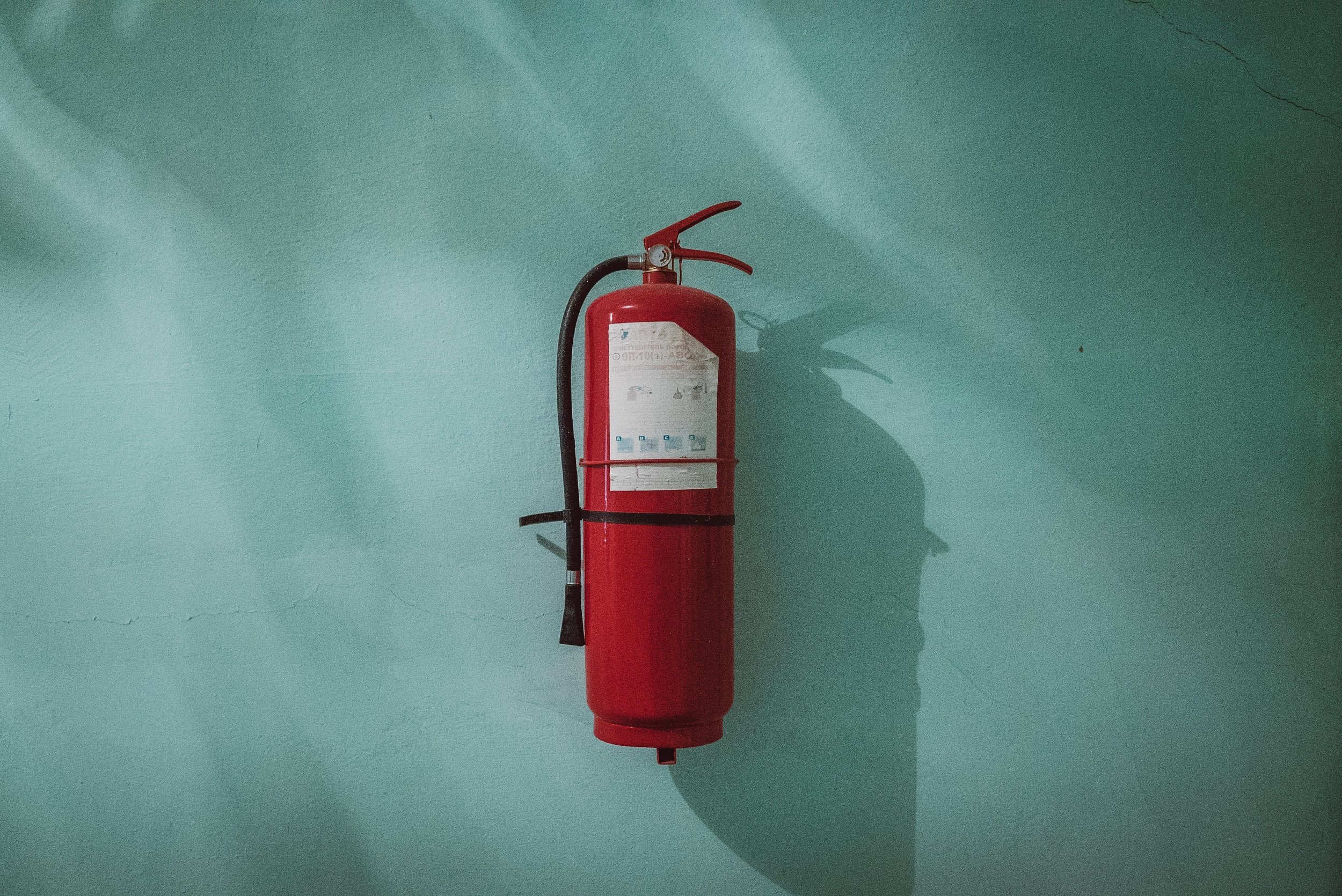Must-Do’s for National Preparedness Month
/September is National Preparedness Month, which focuses on helping families prepare for disasters and emergencies.
The 2022 theme is A Lasting Legacy. Ready.gov explains, “The life you’ve built is worth protecting. Prepare for disasters to create a lasting legacy for you and your family.”
As much as we’d like to believe we’ll never face an emergency, we can’t know that for sure. That’s why it is so important to have a plan.
Often, moms put off preparing for emergencies because it seems overwhelming. It doesn’t have to be.
Make it your goal this September to cross the following must-dos for National Preparedness Month off your list.
Make a Plan
The first thing you need to do is make a plan for emergencies, such as where you go and how you’ll get there. Talk this plan through with each of your family members and practice it if you can. The American Red Cross has an excellent Family Disaster Plan template.
Stock Up on Essentials
The next thing you need to do is stock up on emergency essentials, such as:
First aid kit
Batteries
Flashlights
Weather radio (battery power or hand crank)
Nonperishable food items
Water
In addition to simply owning the above items, it is also important to pack a family emergency kit. This kit should include the essentials for your family in case of an emergency that is easy to grab and go in the event of an emergency.
If you want to pack your own emergency kit, see FEMA’s Emergency Supply Checklist. If you don’t have time to put one together yourself, you can purchase a pre-made emergency kit from the American Red Cross, which includes first aid supplies, emergency food, and other essentials.
Know How to Communicate
A major part of being prepared is communication. Begin by making sure you have signed up for emergency notifications on your mobile device. Find out if there is a separate alert system for where you live.
Next, make sure your kids know how to contact you in the event of an emergency and how you can reach them when they are in school or daycare.
Update Information
It’s important to keep your important personal information updated. Think of September or National Preparedness Month as the perfect time to go through your documents and make sure everything is up to date and correct.
It is also wise to invest in a fireproof and waterproof safe to store all of your family’s important documents.
Check Devices
During National Preparedness Month, go through your home and check all of your safety devices. This is the ideal time to make sure your smoke detectors and carbon monoxide alarms are working (and change the batteries if they are not).
Pack Your Trunk
Don’t forget to be prepared for emergencies on the road. Take time to make sure your trunk has the following essentials for winter weather:
Flashlight
Flares
Jumper Cables
Blankets
Car window breaker
No-Spill Gas Can
First Aid Kit
Solar-powered cell phone charger
Bottled water
Nonperishable food
Waterproof poncho
Change of clothes
Multi-tool
Failing to plan is planning to fail. While we hope we will never have to use these emergency plans and tools, we’ll be glad we have them should we need them.

























